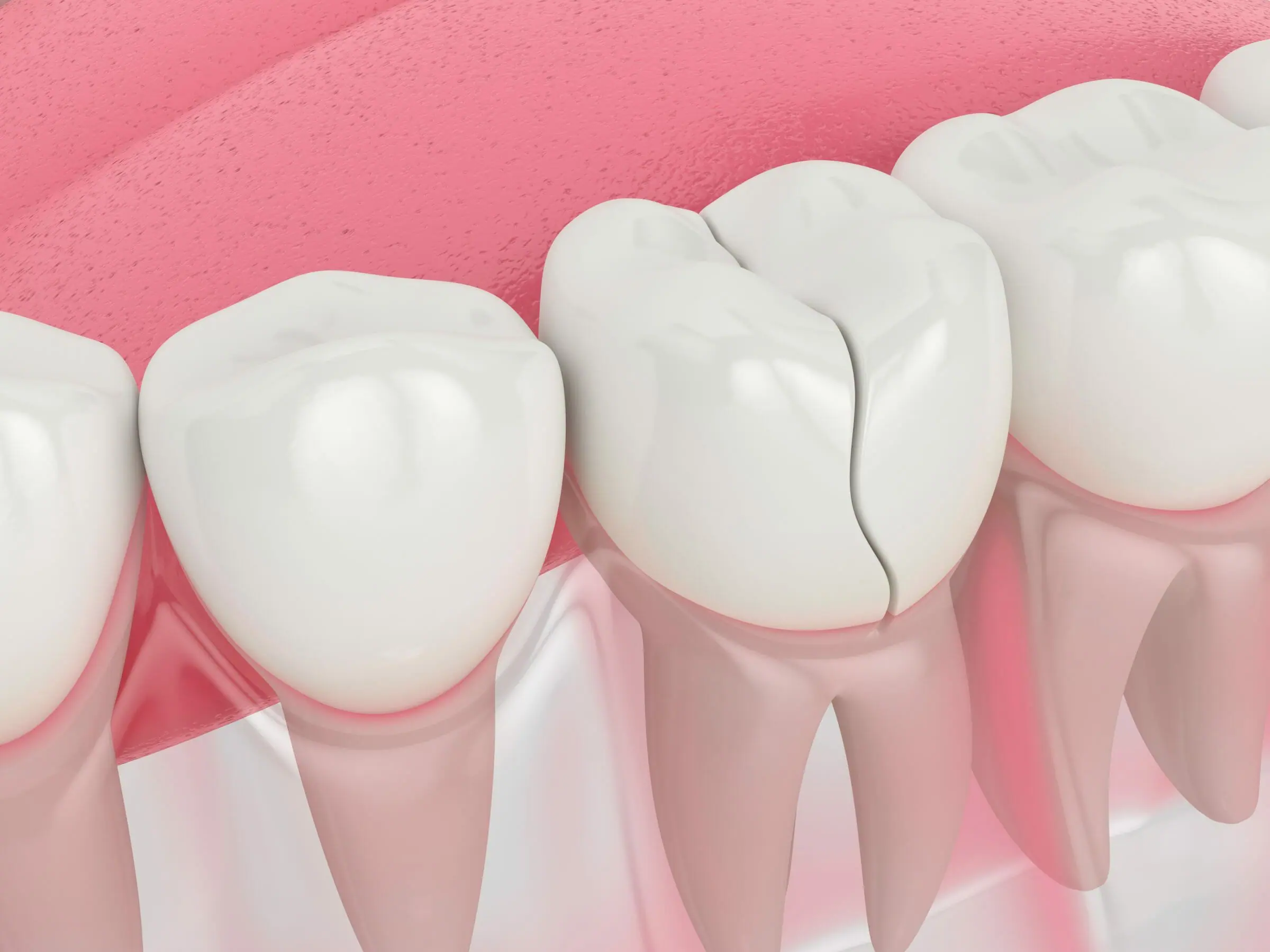Unexpected situations might lead to chipped teeth. Chipped teeth can happen for several reasons, from roughhousing to heavy lifting to playing in bounce houses. A tooth will likely chip if you receive an oral blow more severe than the tooth enamel can withstand. Getting dental implants in Dedham, MA, may help.
Chipping and Cracking Symptoms
An injured front tooth will be immediately apparent. Signs of teeth that are beginning to chip or break
- When you run your tongue over your tooth, you notice that it feels rough, irregular, or jagged.
- Inflammation of the tongue is caused by scraping against the rough enamel of a tooth.
- One tooth’s gums are red and swollen.
- The tooth hurts when I bite down or apply pressure.
- A sudden intolerance of chilly temperatures
If you have experienced the above, seeing a dentist immediately is essential to avoid more damage.
Remedies for Damaged Teeth
Several criteria will help your dentist decide what dental procedures are necessary. A thorough evaluation of your treatment options cannot be performed in the comfort of your own home.
- Reattachment
Sometimes, it is possible to reattach. To repair a chipped or cracked tooth, a dentist might simply cement the broken piece back onto the tooth.
- Reshaping
If the damaged part of the tooth is small enough, it may usually be reshaped and polished to make it look normal again. This should only take one visit and is a quick, cheap, and painless way to fix a tooth.
- Filling
A filling may be necessary if the cavity is particularly large. If the tooth cannot be reattached, this can be used just to fill in the space or fracture. The process is, once again, straightforward.
- Bonding
Dental bonding involves filling the gap using composite resin, a bonding substance that can be shade-matched to the patient’s teeth. For better resin adhesion, your dentist will etch at your tooth.
- Veneers
A veneer may be an alternative if the chip or fracture is severe enough to compromise the front teeth. The veneer process involves the dentist filing down a small section of the tooth and sending off an impression.
While your permanent veneer is being fabricated and bonded to your tooth, you will utilize a temporary veneer.
- Onlay
Dental onlays restore molars that have experienced substantial material loss or have quite large cracks. These, like crowns and veneers, are produced in a dental laboratory and typically utilize porcelain or dental gold (the least hazardous material). A full crown may be necessary if the damage is severe enough.

